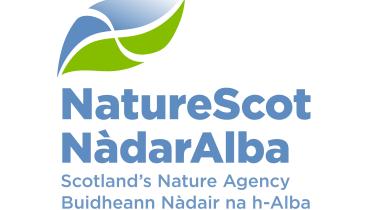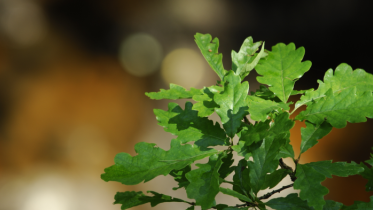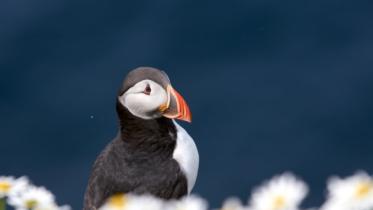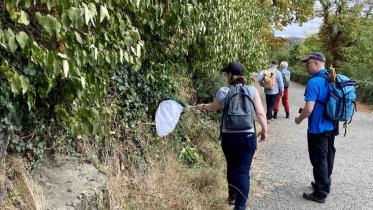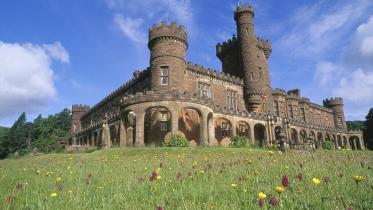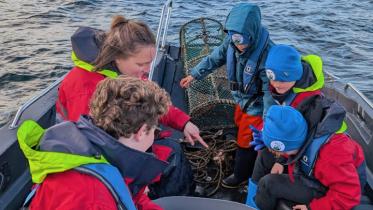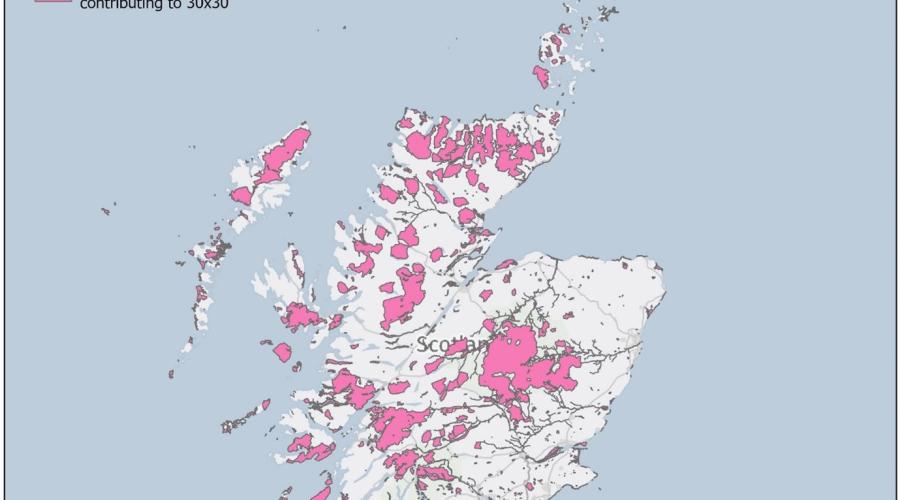
Big Biodiversity Layer Development
Mapping biodiversity hotspots across Scotland
The Big Biodiversity Layer (BBL) is a tool which is being developed at NatureScot to map biodiversity across Scotland, in order to identify the most highly biodiverse areas which need protection. The BBL is intended to be one tool which helps inform decision making around new 30x30 sites. We are developing this tool with a focus on identifying Other Effective area-based Conservation Measures (OECMs),and are using the criteria for these as guidance. The finished product will identify areas which should be explored to confirm a high level of biodiversity, and it will benefit the bottom-up approach as it will allow landowners to assess their own land for areas with OECM potential.
Proposed Big Biodiversity Layer methodology
The BBL will initially focus on the six “important for biodiversity” values separately and produce a heat map for each of these. To do this, combinations of species and habitats (selected for their relevance to each criteria), will be weighted against the different values and mapped with points/polygon data. For example, species and habitats which can be considered rare, threatened or endangered will fit the first biodiversity values and can be weighted according to red lists and nationally scarce/nationally rare lists. Combinations of different datasets will be used, largely looking at data from NBN Atlas for species, and datasets like HabMoS for mapped habitats.
Scotland will be split into a 1km x 1km grid; with each square summing up weightings from any species or habitats present within it, working on a presence/absence basis, and producing a “biodiversity value”. This will create a heat map, with the higher weighted grid squares indicating higher biodiversity values. We are working iteratively, layers produced sequentially and published as they become available.
For a final summary layer, grid squares within each individual layer which indicate areas that are “important” for that biodiversity value will be identified and receive a new weighting of “1”. Adding up these 1’s, combining the six layers into one, will produce a summary layer which identifies “hotter” grid squares as those areas which are important for multiple biodiversity values. With the complete set of layers combined, we will have a layer broadly summarising the levels of biodiversity across Scotland – the Big Biodiversity Layer!
Big Biodiversity Layer use
With the completed BBL, it will be easier to identify the most biodiverse areas in Scotland. The visualisations will be simple, intuitive and thus accessible to a wider audience.
It will be possible to break down the completed BBL into its constituent heat maps produced for different biodiversity values, allowing for further exploration of areas. Some areas may not come out as very hot in the summary layer, but could be highly important for just one biodiversity value, and this will allow such areas to be easily identified. These areas will still have potential for OECM status if they do not come out as very hot in the overall BBL, and may be important in ensuring the overall suite delivers for biodiversity in the broadest way possible.
The BBL is going to be one tool of several that helps identify areas suitable for OECM status/help identify areas which should be explored further. Where someone wishes to take positive action confirming that high biodiversity shown in the BBL is present on the ground (in the area) remains important. This tool will allow users to search for areas of high biodiversity value, and it will also benefit the bottom-up approach, as it will allow landowners to assess their own land for areas with OECM potential.
Timeline
We are aiming to have a final BBL with all layers combined for autumn 2025. As the separate heat map layers are developed they will be published for initial sense checking and feedback, and they can begin to inform searches for potential OECM areas.
Feedback will help us to ensure that the methodology is working to identify biodiversity as the tool develops, so changes can be made as/when required.
Engagement
Engagement has been taking place across various organisations and stakeholder groups, as well as internally in NatureScot, to inform people of the ongoing work. Through this engagement we are gaining feedback and suggestions, and speaking with people about similar work and work which could benefit/be benefitted by the BBL.
We are also searching for data which we can use to inform the tool which may not have been previously known to, or available to, NatureScot.
